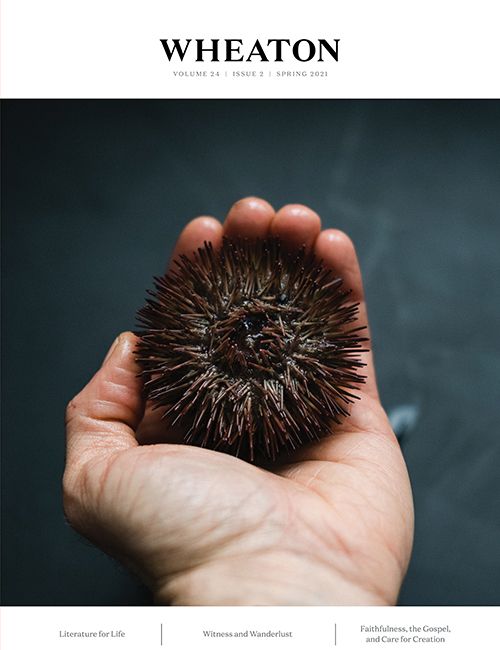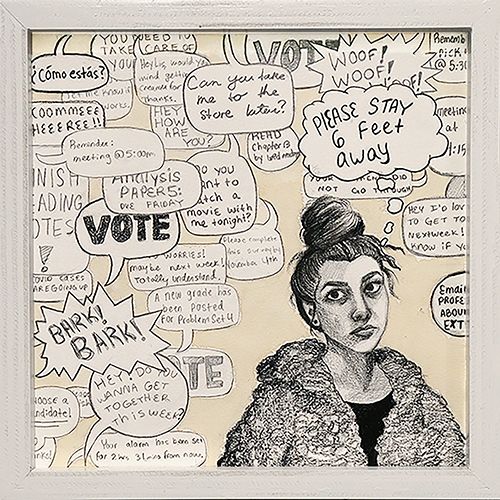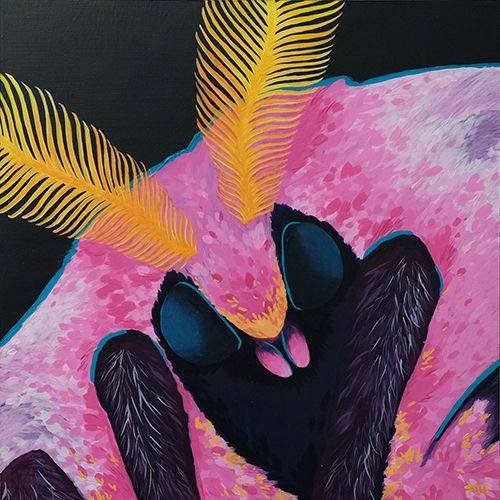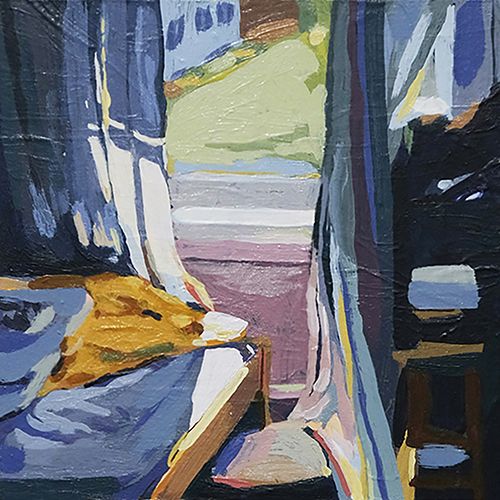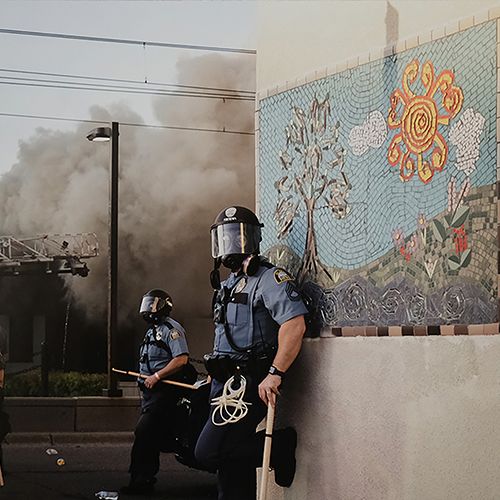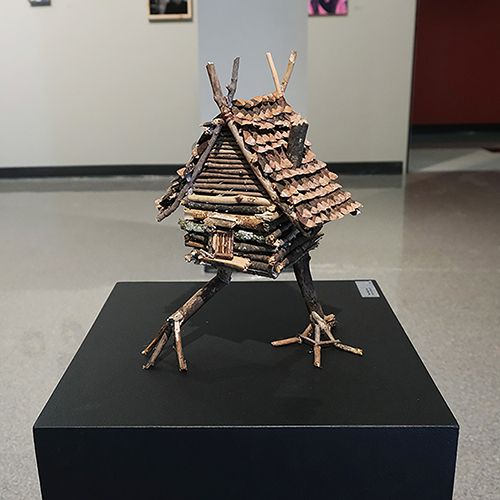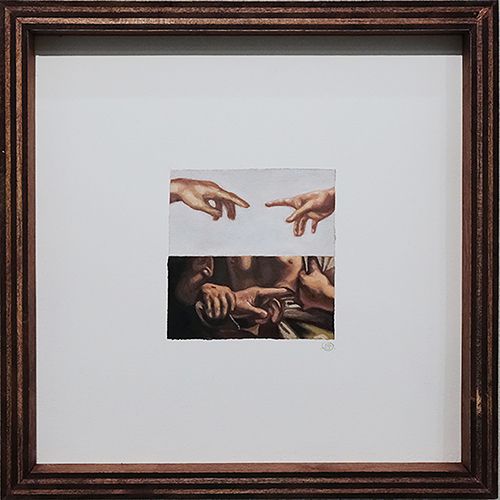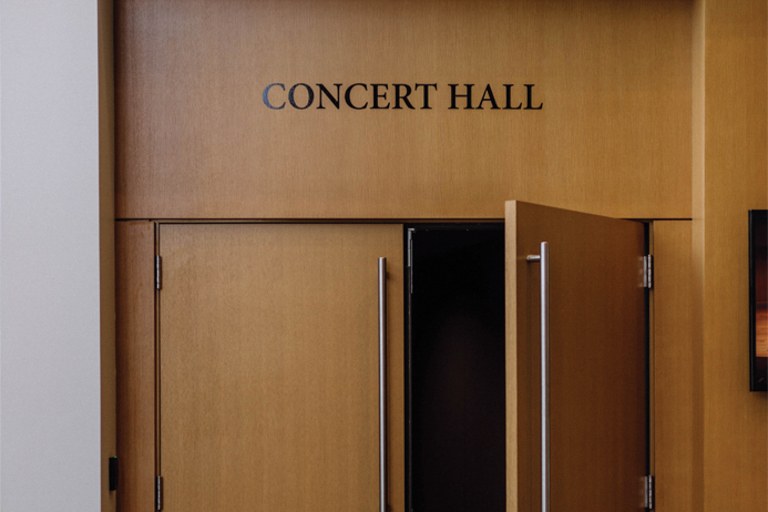Presence in Absence
‘Proximity’ ties artists together through reckoning
Words: Eliana Chow ’21
Last fall, the 8th annual “12x12x12x12” art show (or “12x12” for short) created space for reckoning with bewilderment and grief. The show was conceptualized as a communal celebration of the artistry and interests of Wheaton’s Art Department. Each featured piece, submitted by faculty, students, and alumni, fit within a 12x12 frame or volume or, in the case of time-based works such as video and audio, 12 seconds.
Mindful of how digitized life has become, and in keeping with the now-coveted physical nature of art, Studio Associate and Gallery Manager Sheldon Till-Campbell ’15 and student curators put together and mailed copies of a zine, or printed booklet of artwork and descriptions, in lieu of emailed text. They also assembled mini versions of the show for contributing alumni who were unable to attend in-person: A piece of the original drywall from the exhibit and tiny cutouts of the displays were bordered in the same 12x12 frame as those in the exhibit, built in the woodshop by art students.
“This year [the show] felt extra necessary because of the context of the pandemic . . . partly because of how box-like our existence is right now,” said Till-Campbell. The art took up space that human bodies were unable to, even as each work was confined to its own frame, box, or soundbite. “Proximity,” the theme of this fall’s show, grieved the absence of embodied fellowship even as it offered redemptive presence through art. One painting by Claire Waterman ’18 depicted the back of a human hand, outstretched, featuring the words, “Who holds our grief? How can we carry it together?” The gallery space afforded one such attempt at bringing honest human experience together.
Often, the phrase ‘gallery art’ invokes visions of the greats: Impressionists, Realists, and Modernists alike take center stage, bold in gilded frames or sitting on lofty marble pedestals. The “12x12” show challenges such expectations, inviting artists and participants to sit in uncertainty and imperfection. When life feels fragmented and fragile, humanity often turns to art—to those pieces of companionship that find their way into craft. Art itself seems to embody a piece of its creator’s presence, and a unique kind of fellowship takes place in these spaces of discovery and questioning.
